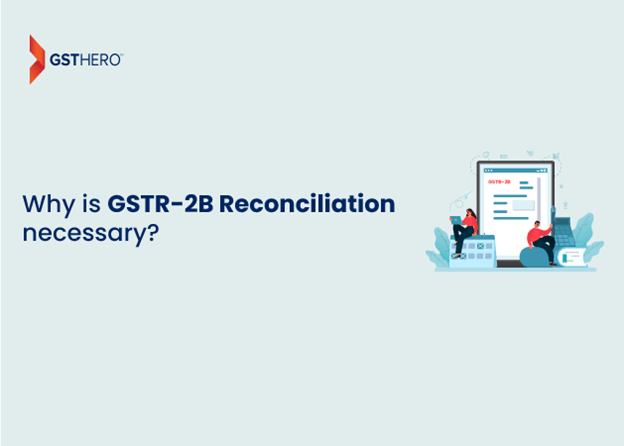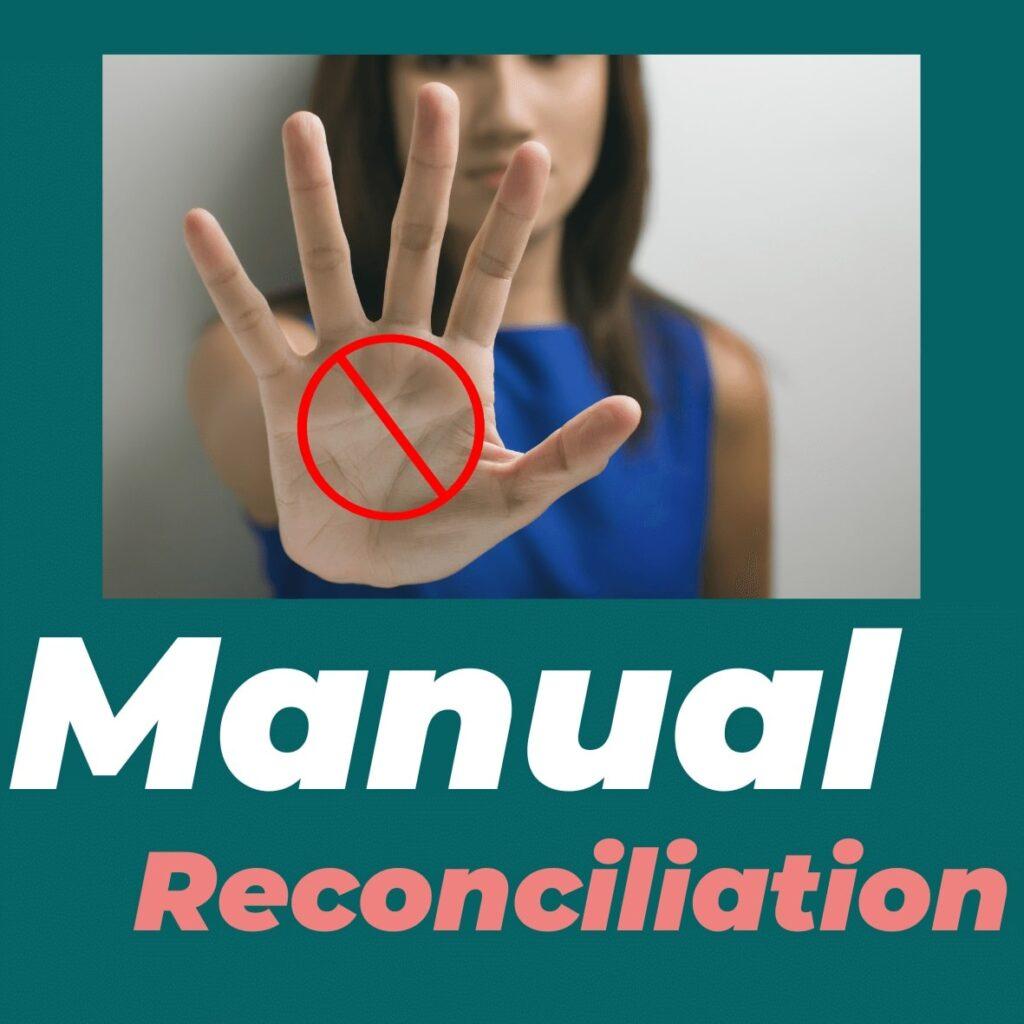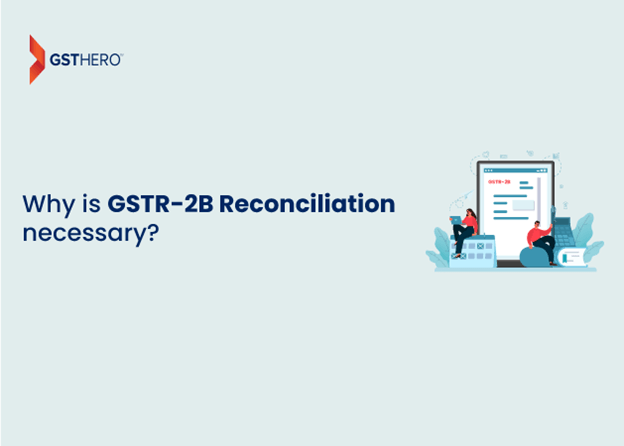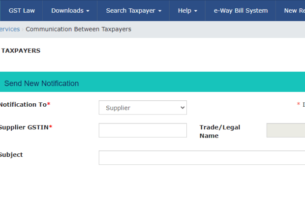
Input Tax Credit is the most lucrative provision in the GST structure and the most complicated one.
Availing of the maximum eligible ITC becomes easy when the businesses have all the checks and balances to reconcile their available ITC data and identify only the eligible Input Tax Credit. It is known to the taxpayer that the GSTR-2B auto-generated statement is the final and definitive source to identify your eligible ITC. There are many benefits associated with using an automated GSTR 2B reconciliation tool.
However, many taxpayers tend to ignore the routine reconciliation of their GSTR-2B against their purchase records and lose their eligible ITC due to non-compliance by the supplier.
In this article, we submit the relation between the GSTR 2B reconciliation and claiming of your eligible Input Tax Credit under GST.
GSTR-2B statement under GST
FORM GSTR-2B under GST was introduced after GSTR-2A. The government’s intention was not to completely replace the GSTR-2A form, but today GSTR-2B is looked upon as the definitive source of finding eligible ITC for a given month.
Following are some of the salient features of the GSTR-2B under GST-
1. Auto-generated every month on the GST portal
2. GSTR-2B statement is a read-only document and cannot be edited by the taxpayer. This makes GSTR-2B a static document as it does not change.
3. It is generated on the 12th day of every month.
4. GSTR-2B is BASED ON details furnished by the taxpayer’s suppliers in their GSTR-1, GSTR-5 & GSTR-6 returns.
5. GSTR 2B can be downloaded in JSON as well as EXCEL format.
When is FORM GSTR-2B generated?
• GSTR-2B is generated after the 12th day of every month.
• If your suppliers have filed their GSTR-1 returns accurately and before the 12th day, your ITC for the month will reflect in the GSTR-2B auto-generated statement.
Inter-dependency of Recipient’s GSTR-2B & Supplier’s GSTR-1
Let us explain with an example how is Recipient’s GSTR-2B and the supplier’s GSTR-1 closely inter-related:
In scenario no.1:
Consider a Supplier ‘Manish Traders’:
A recipient, ‘ Nandini retails’, has purchased some goods worth Rs. 4,00,000 from his Supplier ‘Manish Traders’.
Following are the purchase details:
Worth of goods= Rs. 4, 00,000
GST collected = 12% = Rs. 48,000
Total amount collected from the recipient = Rs. 4, 48,000
Supplier ‘Manish Traders’ files his GSTR-1 with correct details of this sale before the GSTR-1 filing due date.
On the Recipient’s side, ‘Nandini Retails’:
Supplier ‘Manish Traders’ has accurately filed his GSTR-, hence GSTR-2A & GSTR-2B of the Recipient will get auto-populated with these details.
Based on the GSTR-2B for this month, the recipient ‘Nandini Retails’ can avail of the ITC of Rs. 48,000 for the current month.
In scenario no.2:
The supplier fails to file his GSTR-1 for this supply. In this case, the purchase details shall NOT reflect in the GSTR-2B of the Recipient. The Recipient will be able to claim the ITC in the subsequent month if and only if the concerned supplier files his GSTR-1 AFTER the due date.
If he does not file the GSTR-1 even after the due date, the ITC on this purchase will remain UNAVAILABLE.
Now consider,
Supplier no.2 ‘ Jai Traders’.
Following are the details of the purchase details between Jai Traders & the Recipient:
Goods purchased in April 2022 for = 2,00,000
GST paid = 18% = 36,000
Total transaction = 2,00,000 + 36,000 = Rs. 2,36,000
In this case Jai Traders the Supplier delays the filling his GSTR-1.
In this case, GSTR-1 is filed BUT AFTER the due date i.e 11th May 2022 (month succeeding to the transaction month).
What will be the consequences of this delayed return filing on the Recipient?
- The transaction details will NOT get auto-populated in eth recipient’s GSTR-2B for May 2022. However, these details will get reflected in the GSTR-2B of June 2022. So, a delay in ITC claims of ONE month.
- The supplier has filed his GSTR-1 for April 2022, but AFTER the due date. Hence, these details shall get auto-populated in GSTR-2A of the Recipient in May 2022.
A summary of the ITC details available to the Recipient:
a. ITC as per books of accounts = Rs. 36,000
b. ITC as per GSTR-2A = Rs. 36,000
c. ITC as per GSTR-2B = Rs. 00
From this example, it is evident that delayed GSTR-1 filing directly impacts the GSTR-2B of the Recipient.
Hence GSTR-2B vs Purchase books reconciliation using GSTR 2B reconciliation tool is very important.
GSTR 2B Reconciliation – Why is it necessary?
a. The best way to find gaps in the GSTR-2B statement is to reconcile your auto-generated GSTR2B against Purchase Records or Books of Accounts.
b. This is the best way to find out ITC for which transactions are missing in the GSTR-2B statement.
c. Manual reconciliation is possible for a smaller volume of transactions. But what if the transaction volume is bulky?
d. The bulky volume of transactions will surely be a problem, and the clerical team will get immersed in these reconciliations and lose a lot of business time and resources.
Manual reconciliation is a Big ‘NO’ for a large volume of transactions
Following are the risks associated with manually reconciling GSTR-2B with books of accounts
1. Risk of error introduction in annual GST returns filing.

2. Invoice number mismatches in the Purchase register against the invoices received from the supplier and reflected in the GSTR-2B statement.
3. Mismatch in the invoice date as the date of recording the invoices at the seller’s and the purchaser’s sides is different.
4. When the number of invoices increases, this takes up a lot of time for the clerical team to reconcile every invoice received from the supplier and check its validity.
Solution to manual GSTR-2B reconciliation
Businesses must prefer an ‘Automated GSTR 2B Reconciliation tool’ like GSTHero.
Automating GSTR-2B vs Purchase Records reconciliation will save time and generate a comprehensive report showing the statement’s mismatches and the eligible ITC.
How is GSTHero helping 10,000+ businesses to claim maximum ITC?
GSTHero provides an easy solution to all the reconciliation problems and makes the process errorless & fully automated.
Taxpayers can claim a maximum of 100 % ITC with our highly advanced and easy-to-use Reconciliation facility.
Taxpayers get five essential ITC Reconciliation reports that will be highly beneficial to claim 100% ITC and help identify the defaulting suppliers.
- GSTR1 Vs. GSTR-3B
- GSTR-2A Vs. GSTR-3B
- GSTR1 Vs. Book of Accounts
- GSTR-2A Vs. Book of Accounts
- GSTR1 Vs. E-way Bill
Conclusion
There are multiple GSTR 2B reconciliation benefits using an automated reconciliation tool.
- Taxpayers shift their GST compliance burden on their service provider as their service provider will be taking care of the dynamic GST laws.
- Clerical errors will be eliminated.
- Defaulting suppliers will be identified, and they will automatically be notified about the discrepancy.
- Reconciliation reports will help businesses in filing accurate GSTR-9 annual returns.
Hence, businesses must consider using an automated GSTR 2B reconciliation tool to identify and claim their eligible ITC and protect the working capital of their business, which goes into paying the GST liabilities in cash if ITC remains unavailable.



